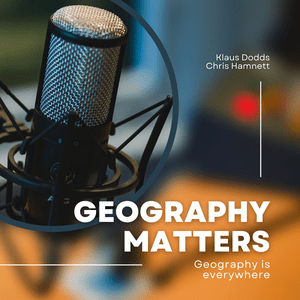The Geography of global population change 1
Global population change is important and it has a distinct geography. But first its important to note some general changes. Global population has increased dramatically over the last 200 years. In 1800 the global population was estimated to be about 1 million. There were high birth rates, no modern medicines or health care, and high death rates. Most people died relatively young if they survived infancy and childhood. Global population then began to increase quite slowly to about 2 billion by 1925, exactly 100 years ago. Since then, it is increased very rapidly with the developments in living standards, medicines and health care. It reached 3 billion in 1960 and 8.4 billion today. In the last 60 years global population has grown by about one billion every 12-15 years, largely as a result of the reduction in mortality. People in the less developed world are less likely to die in childhood and people in the developed world are now living much longer. But, and this is an important but, people in the developed world are also having far fewer children. And global population growth is projected to slow and peak at about 10 billion by the end of this century. But first its important to make two points about the relative population size of different countries. The population of the UK in 2025 is about 70m, almost the same as France. By comparison population of the USA (the third most populous country) is 350 million – exactly 5 times as big, and the population of China and India (the two most populous countries in the world) are roughly 1.4 billion –20 times as big. But the global distribution of population is not static. If we look at the population by continent today, Asia has over 5 bn people. Africa has 1.6bn, North and South America together about 1 billion, Europe 0.75 bn. But if we go back 200 years, the shares were very different. Asia still had most people but Europe was second, and Africa and the Americas had very few people. The transformation has been the shrinkage of Europe’s global population share, the growth of Asia and the Americas and and, since the 1950s, themassive increase in Africa’s share. Probably most listeners know the India and China are the two biggest countries in the world, by a very large margin. But maybe its a surprise to discover that USA is third. But then it gets more complex. The next biggest countries are all in the developing world, Indonesia, Pakistan, Nigeria, Brazil – between 200-300m. But then a big group of developing countries between 100-200m: Bangladesh, Ethiopia, Mexico. Egypt, Phillipines, DR Congo, Vietnam along with two developed countries: Russia and Japan. The majority of rapidly growing countries are in Africa but at the other end, many developed countries are losing population. All this has major geopolitical implications


